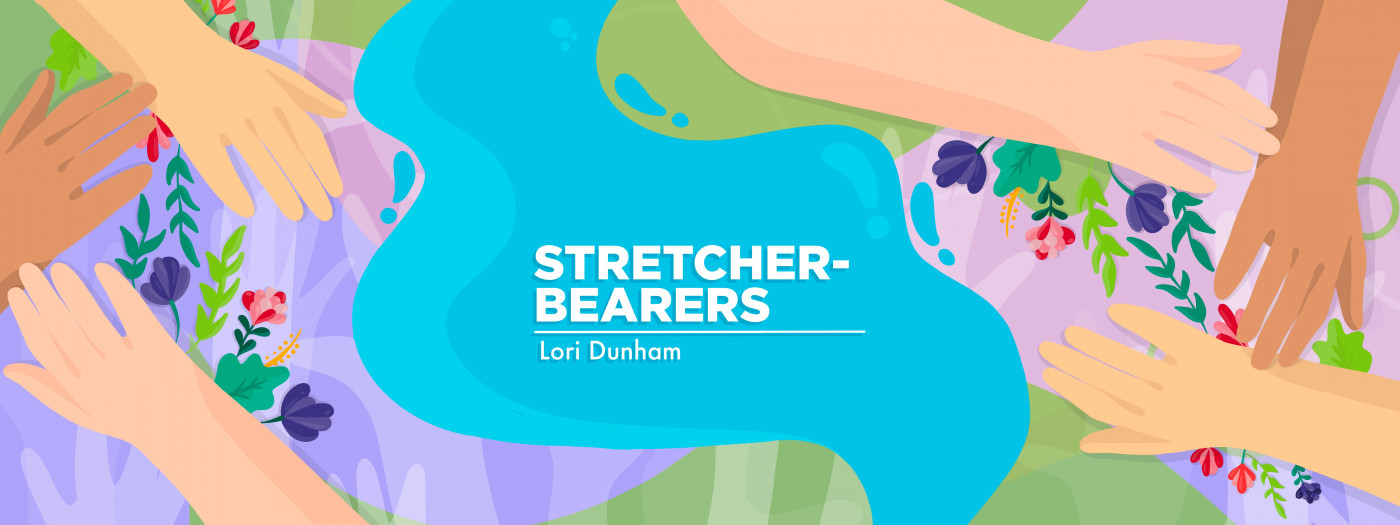We’re Taking Back All That We Lost to LEMS

When our daughter Grace was diagnosed with Lambert-Eaton myasthenic syndrome (LEMS), she was just 14 years old. At that age, kids are just beginning to flesh out their interests and desires for the future.
Grace was no different. She was beginning to learn not only what she was good at, but also what she enjoyed doing with her talents and time.
Grace was a disciplined piano player and an aspiring artist. She loved being part of a team in a local basketball program, and she really enjoyed walking our dog — or any neighbor dog needing some cuddles, for that matter. She loved to ice skate and go sledding in the snow.
In addition to honing her skills, Grace began to realize that she enjoyed doing volunteer work, too. She’d begun to volunteer at events in a military community near our home when she began exhibiting symptoms of LEMS. The first evening she volunteered, she returned home so happy. She felt like she’d spent her time in a worthy manner and believed she’d made a difference for the community she served.
Grace was beginning to find purpose in how she spent her time.
However, that life came to a screeching halt as her symptoms began to overshadow everything else. Walking became increasingly difficult. She lost her ability to sit up in bed on her own and take a bath by herself. At a time in her life when she was supposed to be spreading her wings and gaining more independence, she lost it all.
As her symptoms worsened, we watched her sink into a deep depression. I have previously written about this horrific time in our family’s life when Grace expressed such hopelessness. As a parent, this was the hardest part of what LEMS threw at us. I could handle the physical caregiving part, but the emotional trauma that LEMS dumped on our daughter was unbearable.
It took many months for a diagnosis and for Grace to feel hopeful again, thanks to treatment. There was no doubt these emotions were linked to her restricted physical well-being, but also to her loss of independence and all of the things she enjoyed doing.
Grace is now 17. We’ve declared this summer to be the year we take back all that we lost. Grace finally has enough energy to sustain her throughout the day. She is able to work and is learning to drive. She swims a few times a week and continues with horse therapy. She is thriving.
Almost four years after diagnosis, Grace is able to volunteer again. First, she’ll volunteer at her horse therapy program. This is a chance for her to give back to the organization that has given her so much support and encouragement. She’s so excited to be on the giving end of volunteering.
Additionally, she’s been volunteering at our church’s vacation Bible school program, working with preschool children. For some, this may seem mundane. But it’s a huge milestone in Grace’s life because she’s reclaiming what she’d lost. She’s so happy to be giving back again.
Note: Lambert-Eaton News is strictly a news and information website about the disease. It does not provide medical advice, diagnosis, or treatment. This content is not intended to be a substitute for professional medical advice, diagnosis, or treatment. Always seek the advice of your physician or other qualified health provider with any questions you may have regarding a medical condition. Never disregard professional medical advice or delay in seeking it because of something you have read on this website. The opinions expressed in this column are not those of Lambert-Eaton News or its parent company, Bionews, and are intended to spark discussion about issues pertaining to Lambert-Eaton myasthenia syndrome.








Leave a comment
Fill in the required fields to post. Your email address will not be published.